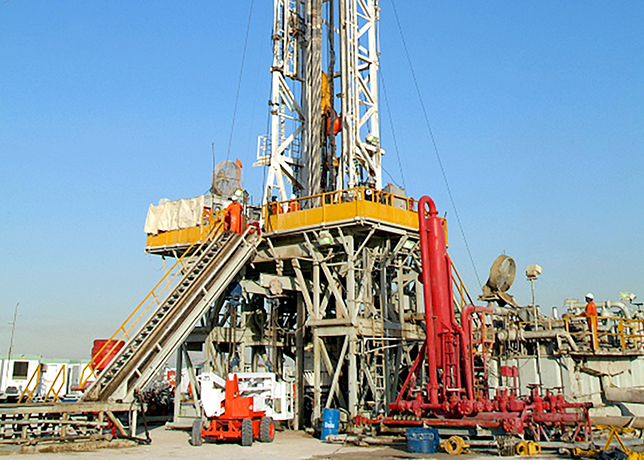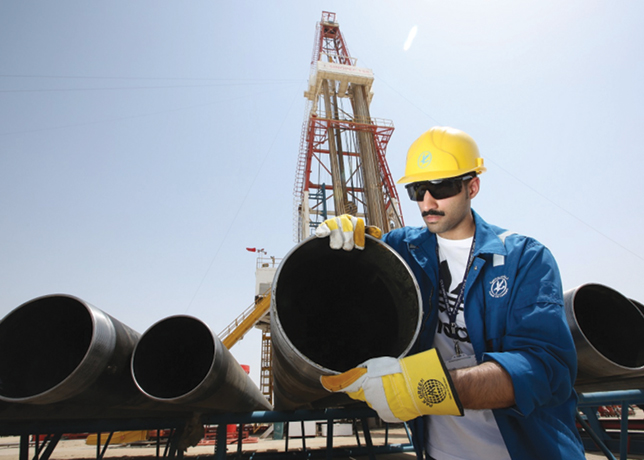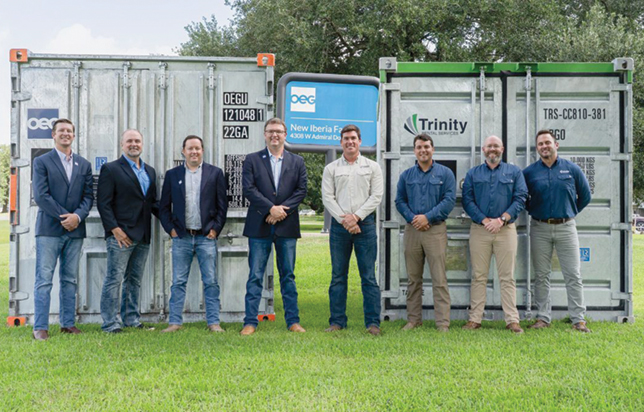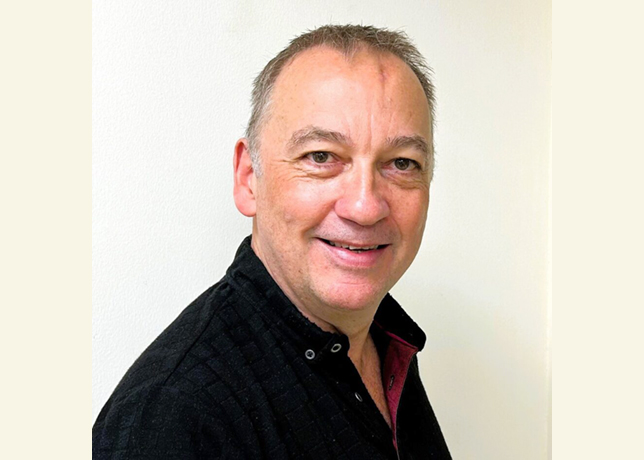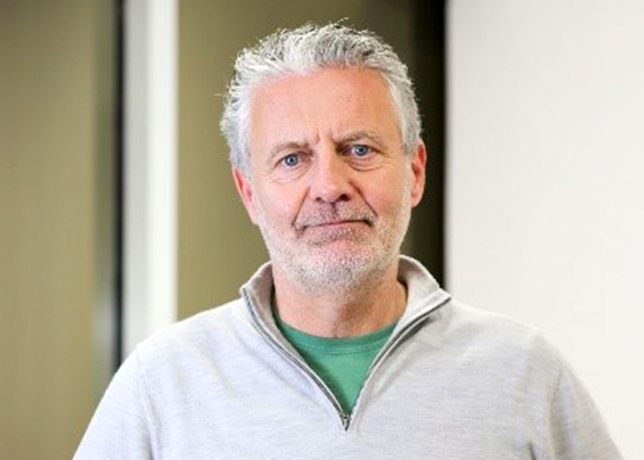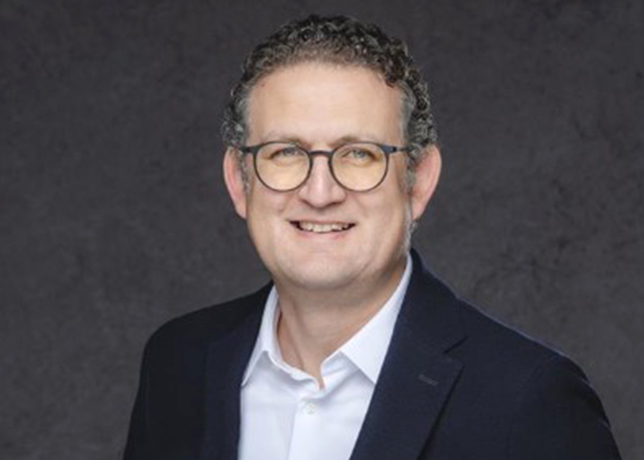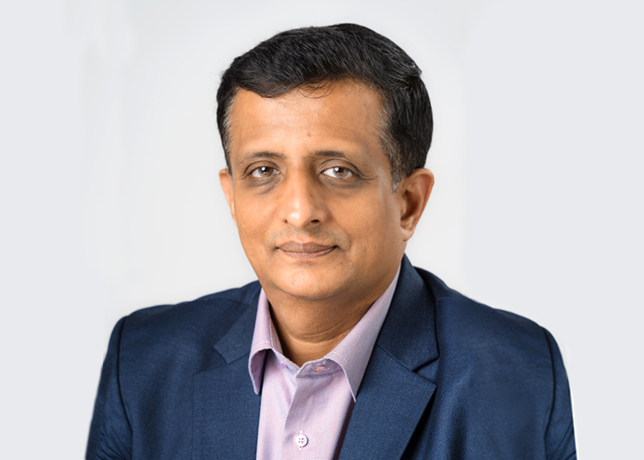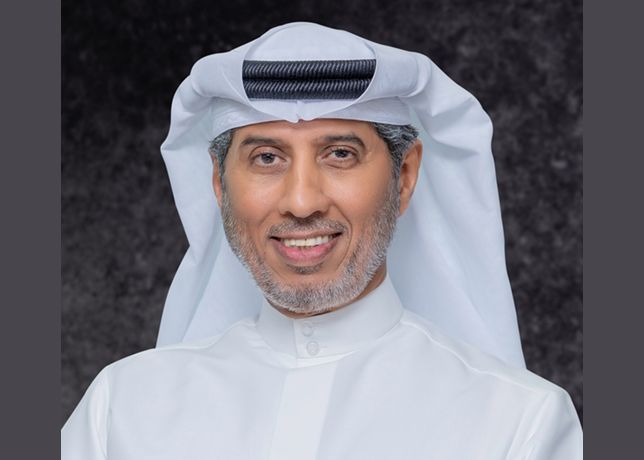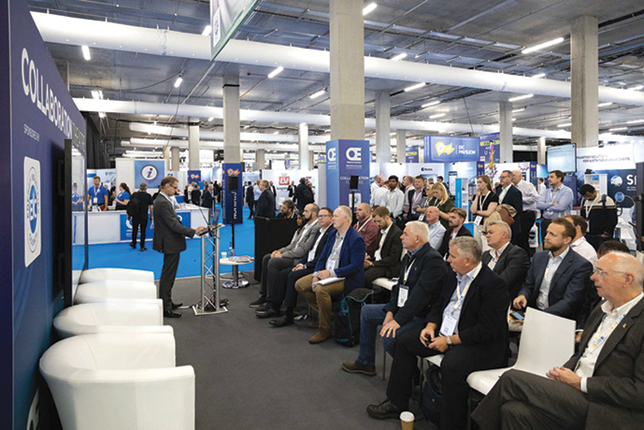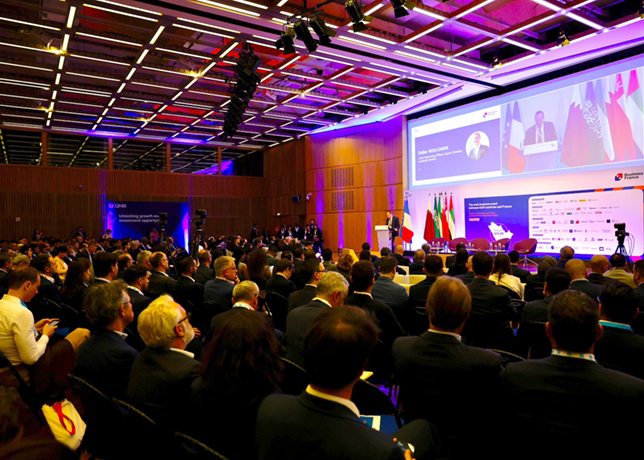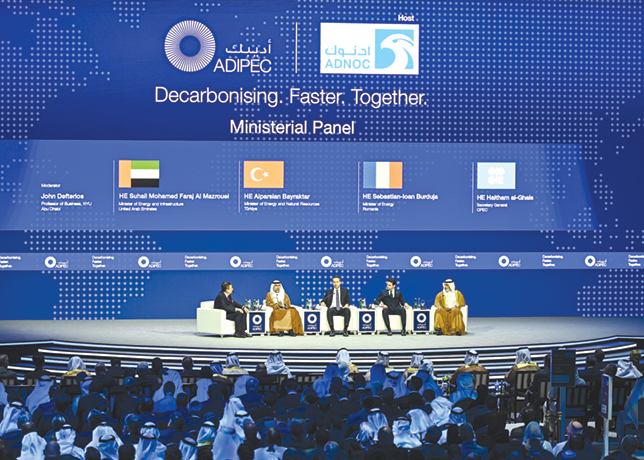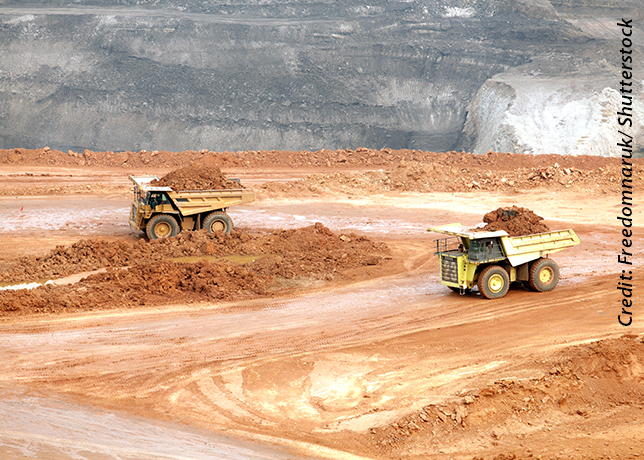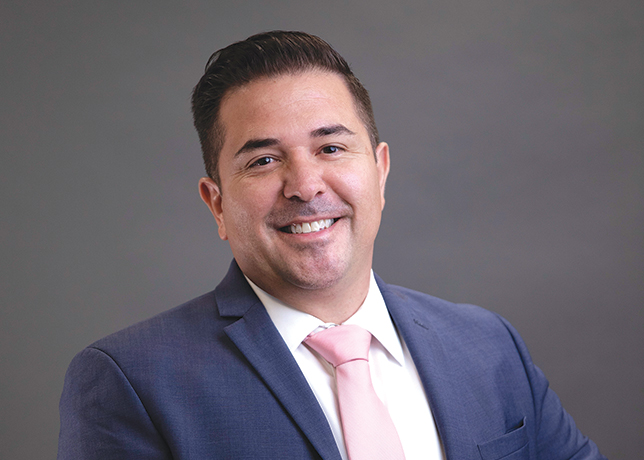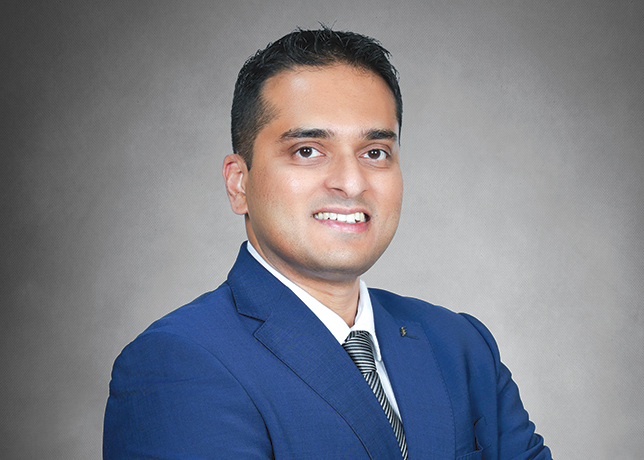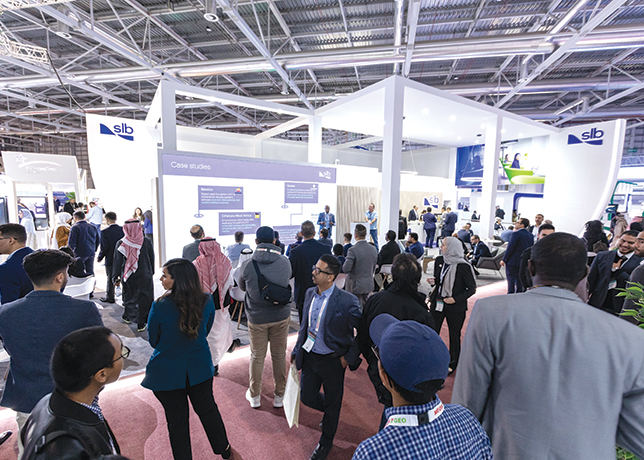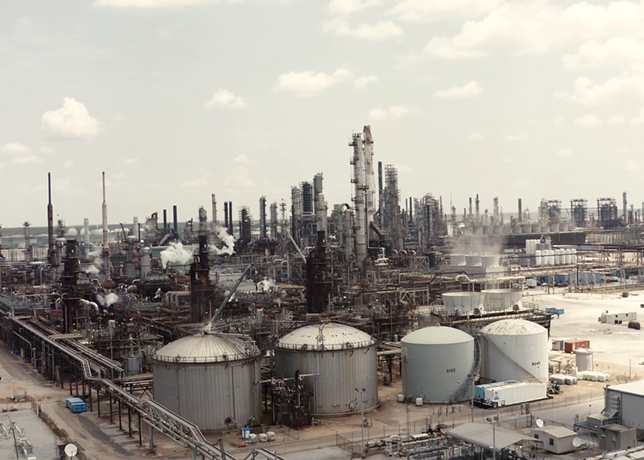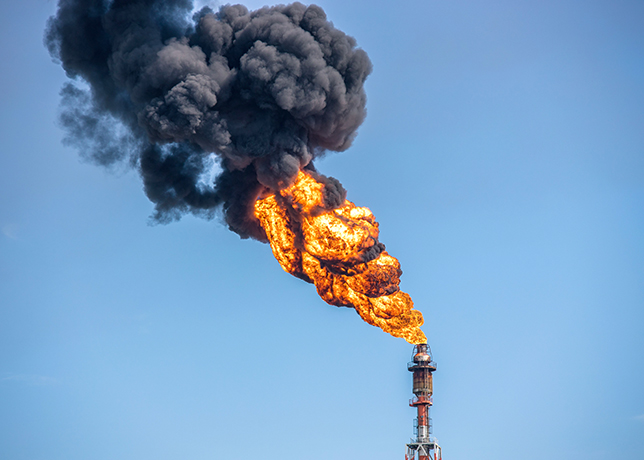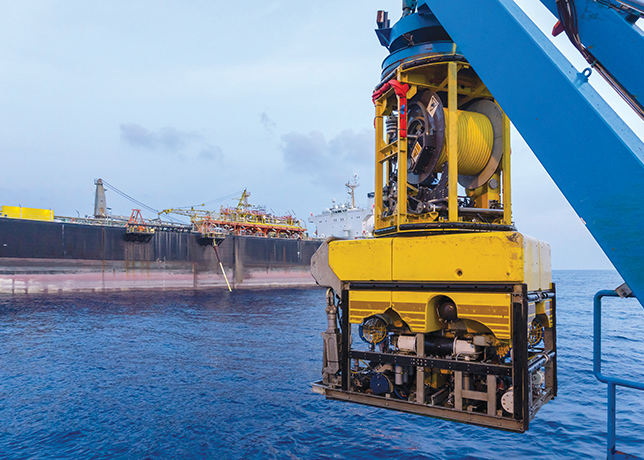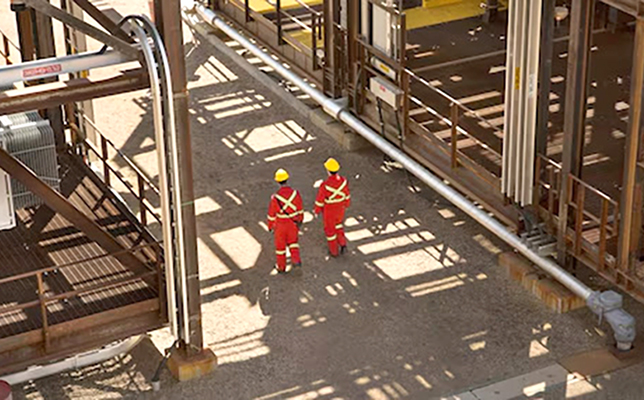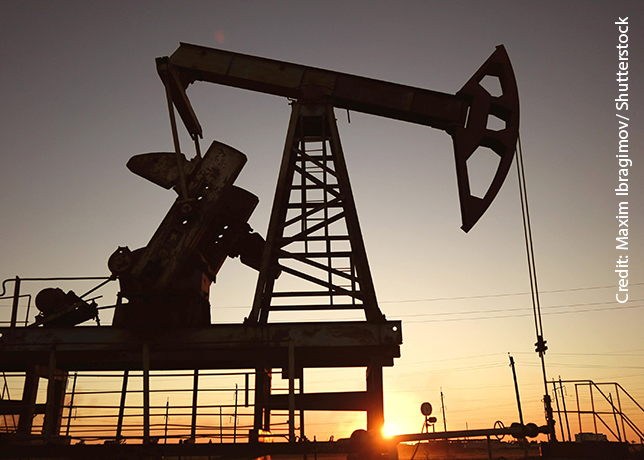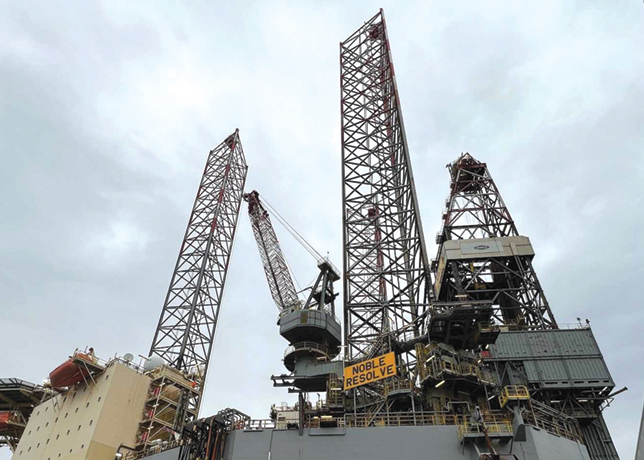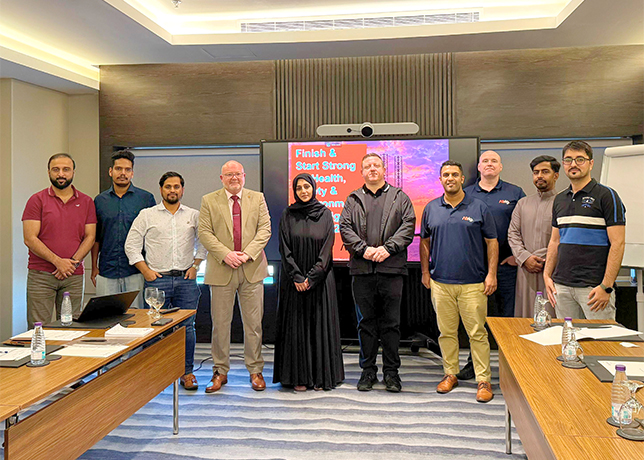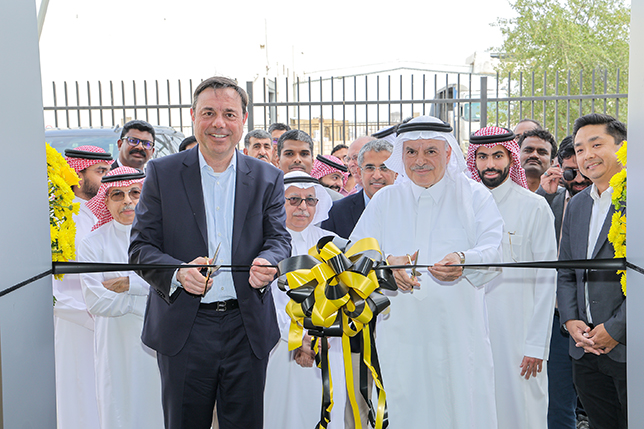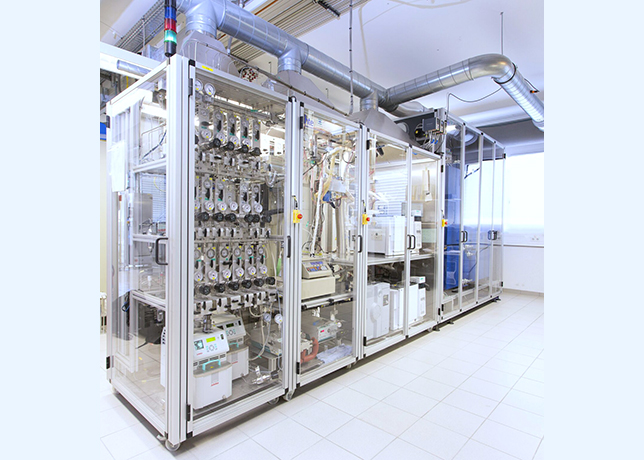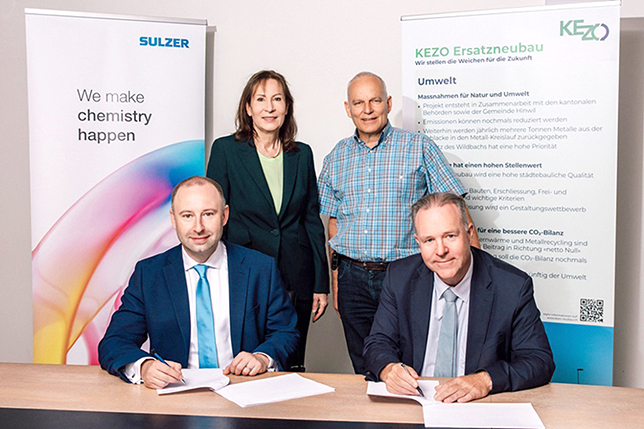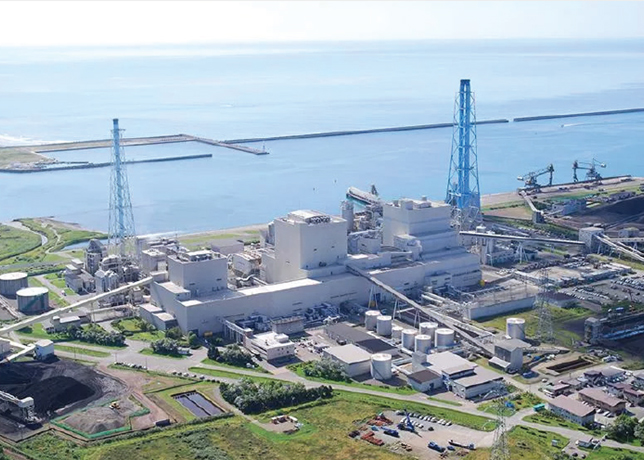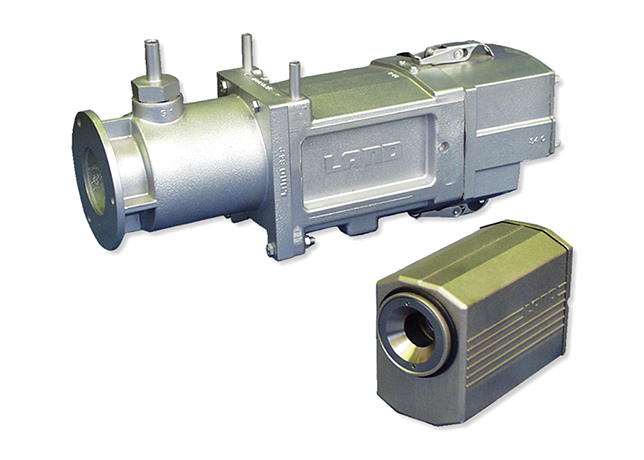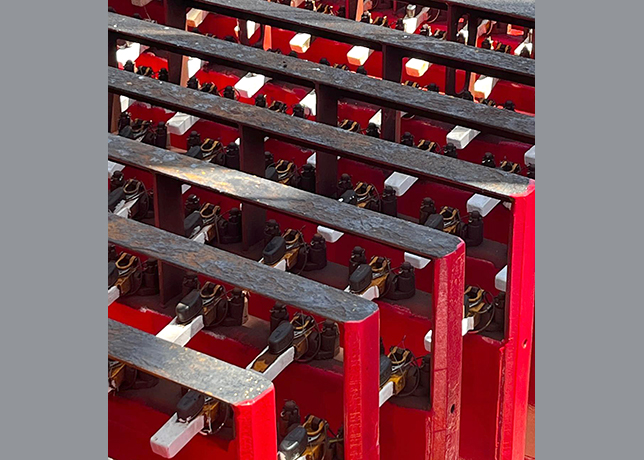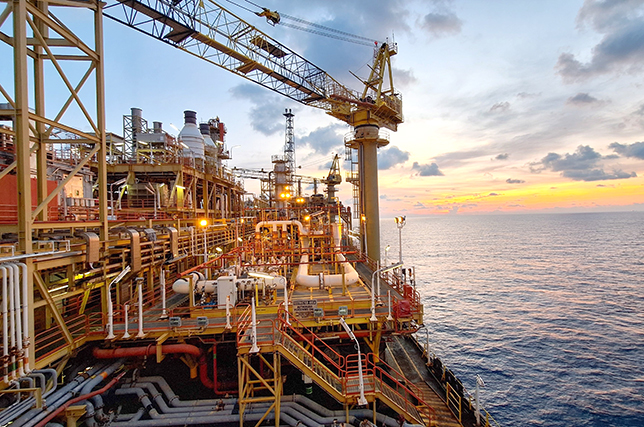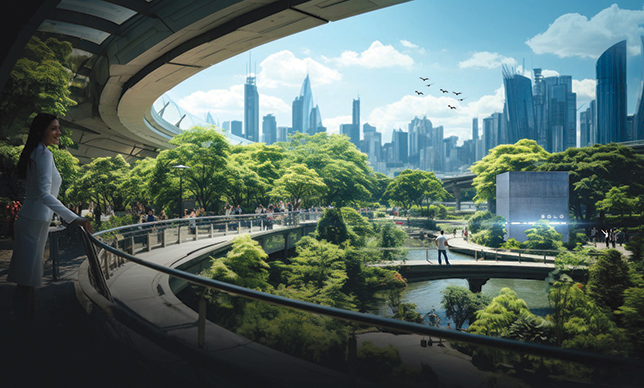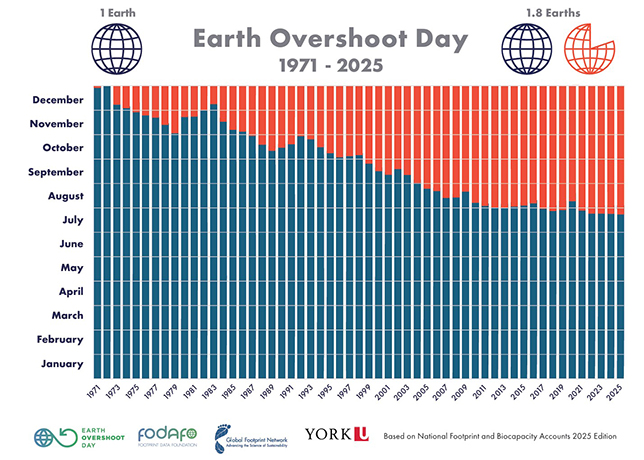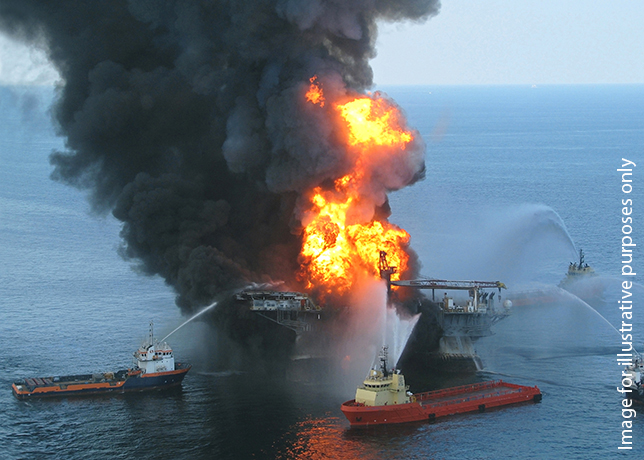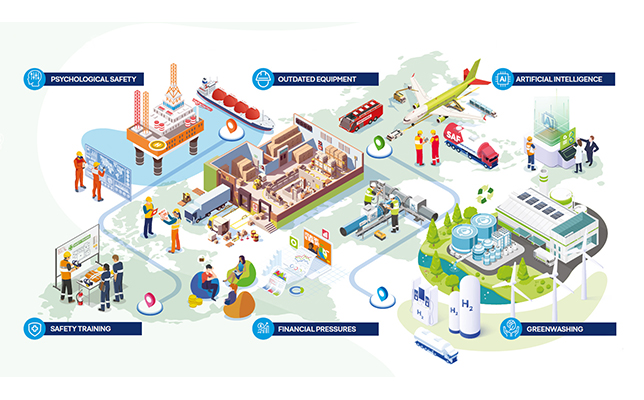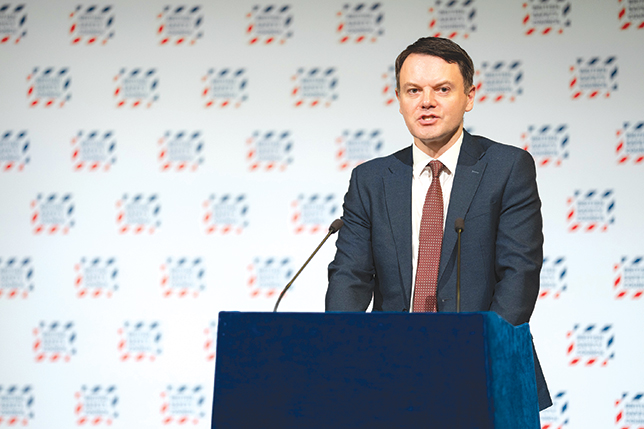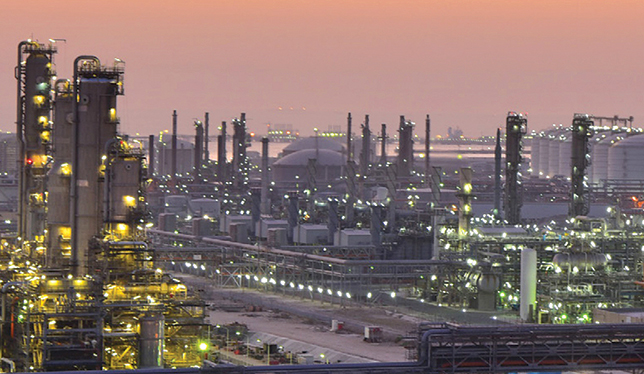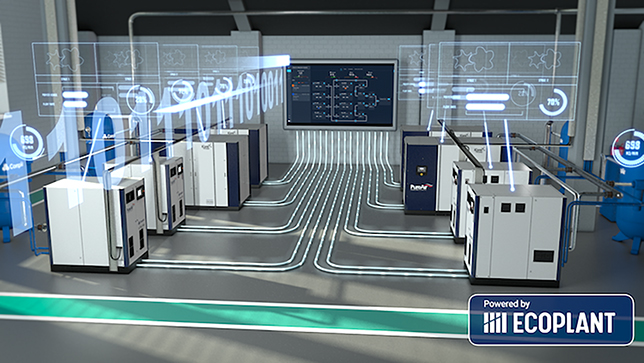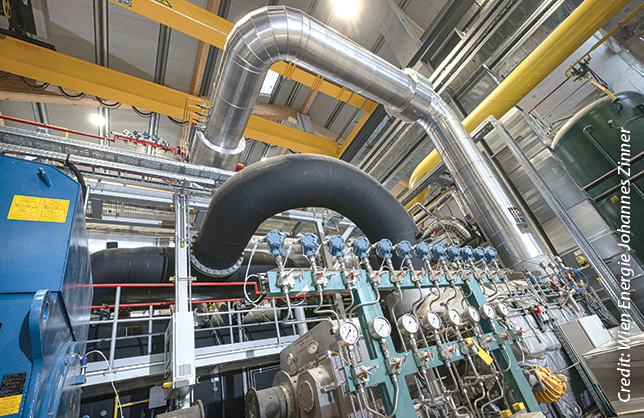
 King Abdullah meets Qatif employees
King Abdullah meets Qatif employees
Demonstrating once again that it can routinely ramp up oil production as necessary to feed burgeoning world demand, Saudi Aramco inaugurated its Qatif Producing Plants mega project, which added 650,000 barrels per day (bpd) to the company's maximum sustainable crude output capacity.
And the company achieved the ambitious milestone three months ahead of schedule and within budget, underscoring its growing reputation as a mega-project specialist.
At the peak of construction, 16,000 workers representing more than 20 nationalities were engaged in the project, ultimately working a combined 1.8 million man-hours on design and 70 million man-hours on construction.
The biggest company projects inaugurated in the last several years were the 500,000-bpd Shaybah oil complex in the Rub' Al Khali desert, and Hawiyah and Haradh, twin natural-gas production facilities adjacent to the world's largest oilfield -- Ghawar -- in the Kingdom's Eastern Province. With a military band playing the national anthem on a beautiful, clear day, On December 26, 2004, The Custodian of the Two Holy Mosques King Abdullah Bin Abdul Aziz Al Saud officially inaugurated the project's enormous, 800,000-bpd combined facilities, encompassing onshore Qatif and offshore Abu Sa'fah fields.
Expanded production
The project expanded production in the offshore Abu Sa'fah field from 150,000 bpd of Arabian Medium crude to 300,000 bpd and initiated production of 500,000 bpd of Arabian Light in the onshore Qatif field.
Three new gas-oil separation plants (GOSPs) were built to handle the huge volumes of oil pouring through miles of pipelines.
A total of 151 oil wells were drilled on 34 sites. A 140-megawatt co-generation plant, the largest in the company, provides electrical power and steam for the complex.
Other main components of the sprawling onshore and offshore complex are the one-square-kilometer Qatif Central Producing Facilities, which include two GOSPs; stabilisation, gas gathering, and dehydration systems; a 650,000-bpd water-injection plant for maintaining reservoir pressures; five new and 10 upgraded offshore platforms; and expansion of the Berri Gas Plant, including upgrade of equipment to ensure recovery of 99 per cent of the corrosive sulfur contained in incoming gas.
Discovered in 1945, the Qatif field is 50 km long and 10 km wide, comprising north and south domes that contain seven oil-bearing reservoirs. The Abu Sa'fah field is 19 km long and 10 km wide.
Qatif Producing Plants is the first company facility to produce Arabian Light crude by blending Arabian Light, Extra Light and Medium grades.
Also produced by the plants are 370 million standard cubic feet per day (scfd) of associated gas and 40,000 bpd of high-value condensate.
Offshore production from Abu Sa'fah is shipped through a new 42-inch submarine pipeline extending 60 km to a new onshore GOSP for further processing and stabilisation; the stabilised crude is shipped to Ras Tanura Terminal for export.
Qatif Producing Plants is a manifestation of Saudi Arabia's continuing commitment to meet all its supply obligations globally while maintaining surplus capacity of 1.5 million to 2 million bpd for unanticipated needs in the world.
In the Qatif field, Saudi Aramco employs the latest optimisation methods for producing oils, such as extended-reach and multilateral wells, Viscoelastic Diverting Acid, permanent downhole monitoring systems and smokeless flaring of vented gas.
The project also underscored the company's commitment to Saudisation. The team that supervised development, construction and commissioning of all the facilities was nearly 100 per cent Saudi, and the plants currently are operated by a 100 per cent Saudi staff. Saudi nationals made up 10 per cent of the total project work force, and 32 per cent of the workers with Snamprogetti, the largest contractor, were Saudi.
An overall Project Quality Index of 90 per cent was achieved with 70 million work-hours without a lost-time incident.
Project contractors were Snamprogetti, Italy, and its main subcontractor, Construction Contractors Co (CCC), Saudi Arabia; Technip, Italy; National Petroleum Construction Co, UAE; Chicago Bridge and Iron, US; General Dynamics, US; Construction and Contracting Enterprises (CCE), Saudi Arabia; Suedrohrbau Saudi Arabia Ltd (SRB), Saudi Arabia; Emerson Process Solutions, US; Faysal M Qahtani Sons Co for Trading and Contracting, Saudi Arabia; Rajeh H Al Marri Establishment for Trading and Contracting, Saudi Arabia; and Mastoura for Trading and Contracting Co Ltd, Saudi Arabia.
In his speech, Petroleum and Mineral Resources Minister Ali Al Naimi said the Qatif project "will contribute to efforts to increase the Kingdom's production capacity and will enhance the Kingdom's capability to continue performing its leading and unique role in the oil market and the international oil industry."
Al Naimi said the project contributes to the Kingdom's continuing policy of "finding a balance between supply and demand in the world oil market, and stability of oil prices within a suitable range that benefits the producing countries without causing harm to consuming countries or the world economy or negatively affecting the oil industry and the role of oil as the main source of energy."
The oil minister said the future looks bright for Saudi Arabia's oil supply. "There are great opportunities to increase the Kingdom's recoverable oil reserves (of 261 billion barrels) by about 200 billion barrels,either through new discoveries or increasing the extractible oil from known reserves, " Al Naimi said.
The Kingdom has demonstrated its seriousness in reliably providing energy to the world as demand naturally increases and during international emergencies.
"During the past 30 years, the Kingdom was able to increase its production whenever needed," Al Naimi said. "That happened during the first Gulf crisis in the early '80s, during the second Gulf crisis in the early '90s, last year when several production crises occurred in some countries and this year when demand for oil increased unexpectedly."
In the next few years, he said, the Kingdom plans to develop the oil producing Abu Hadriyah, Fadhili and Khursaniya field development projects, and a Khurais field production project, among others. These fields are characterised by the low sulphur content of their light crude.
Diversification of the Saudi economy is a major focus of government policy, Al Naimi said: "We should strive to benefit from the Kingdom's relative advantage of the availability of large, cost-effective quantities of oil and gas to expand the base of the national economy."
Towards that goal, he said, the Kingdom is attracting national and international investment to build oil refineries in Saudi Arabia to turn out petroleum products for domestic consumption and export. Investment is also being made in fields such as drilling, engineering and equipment manufacturing.
Sufficient supplies of oil and gas are also being made available to produce electricity and desalinated water and to provide fuel and raw materials for petrochemical industries, which will all contribute to the expansion and diversification of the Saudi economy, Al Naimi said.
Saudi Arabia has also strengthened its regulatory infrastructure in the petroleum industry, issuing Gas Supply and Pricing Regulations and the Natural Gas Tax Regulations, Al Naimi said.
In his address, Saudi Aramco president and CEO Abdallah S Jum'ah said the project is "an important historic milestone in the Kingdom's continuous effort to develop its petroleum resources."
"It is the largest project of its kind ever built in the history of the petroleum industry," Jum'ah said. Before this, he said, "The world had not seen the completion of a single project with a capacity of 800,000 barrels of crude oil a day."
"Despite the project's sheer size and its complex components, the safety standard in its planning, execution and startup was quite phenomenal," he said. "The construction workers completed 70 million man-hours without a single lost-time injury. This is, indeed, a remarkable achievement in construction safety."
"What makes us even prouder is that Saudi Aramco's record of successes in such monumental projects and in its operations as a whole clearly reflects the wealth and quality of experience that the company has acquired over the years," Jum'ah said.
He also said the project saw a new and remarkable achievement by Saudi Aramco in the field of Saudisation.
"More than 98 per cent of the teams who were involved in the project design, implementation management and inspection were Saudis, who in turn handed the project to other qualified Saudi personnel, mostly young graduates who were carefully selected, trained and developed while the construction was in progress," he said.
"Now, they assume 100 per cent of the project's operation, maintenance and supervision," he added
Saudisation is apace in other areas, as well, he said. "Saudi Aramco's efforts in this area are not restricted to its own employees.
"It has adopted a score of initiatives aimed at promoting and assisting private-sector firms to adopt Saudisation and create new job opportunities for citizens, in the firm belief that Saudisation constitutes a winning deal for everyone involved. Saudi and international firms participating in the Qatif project have achieved encouraging levels of Saudisation in their workforces."


